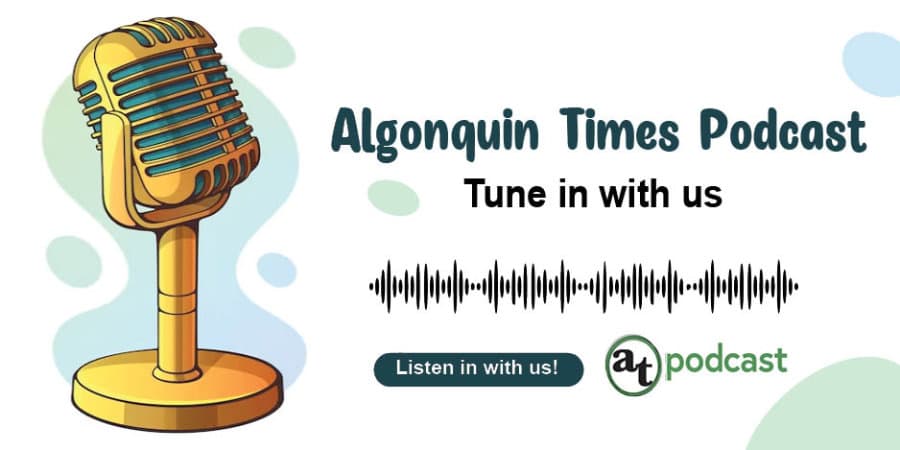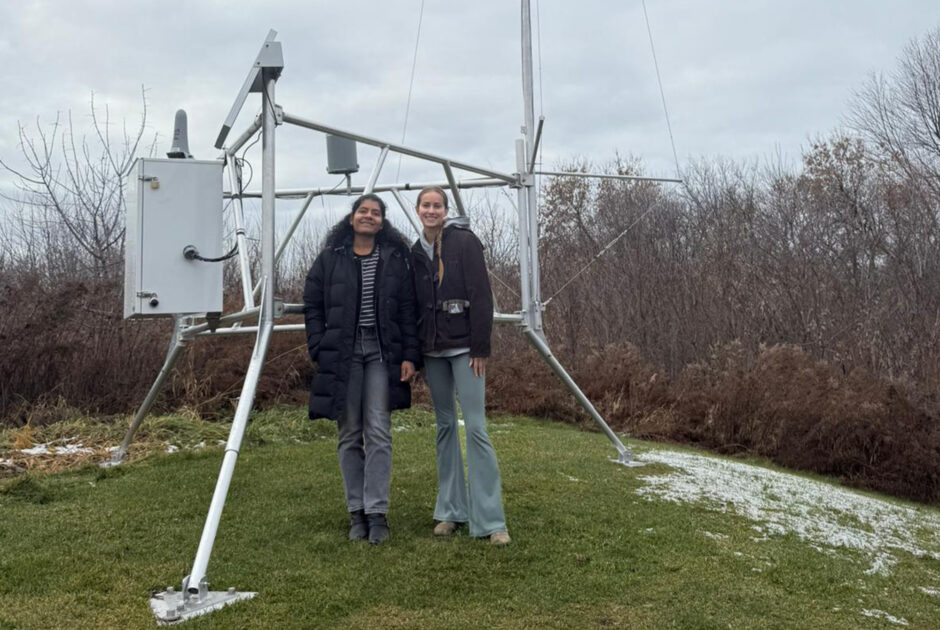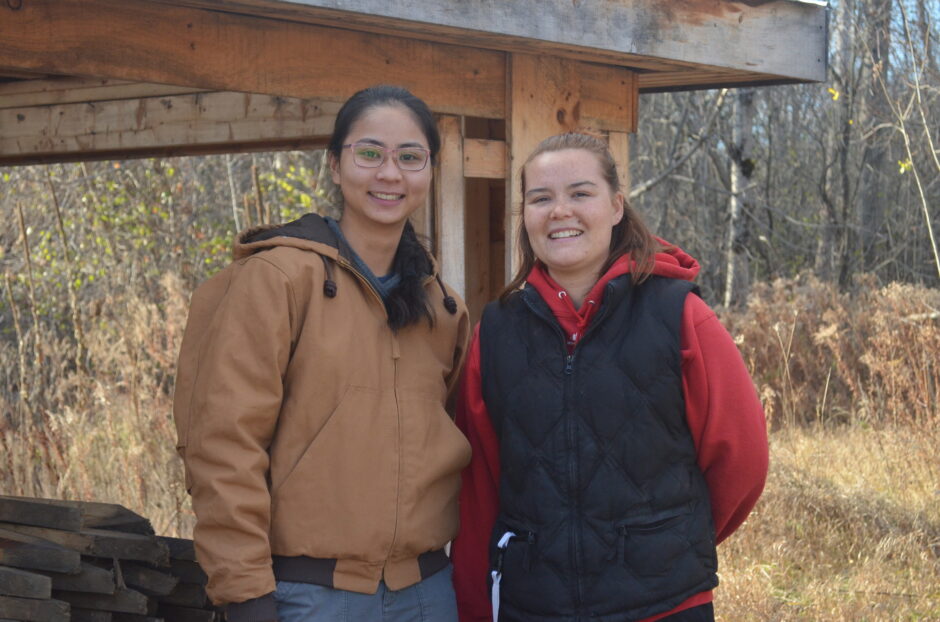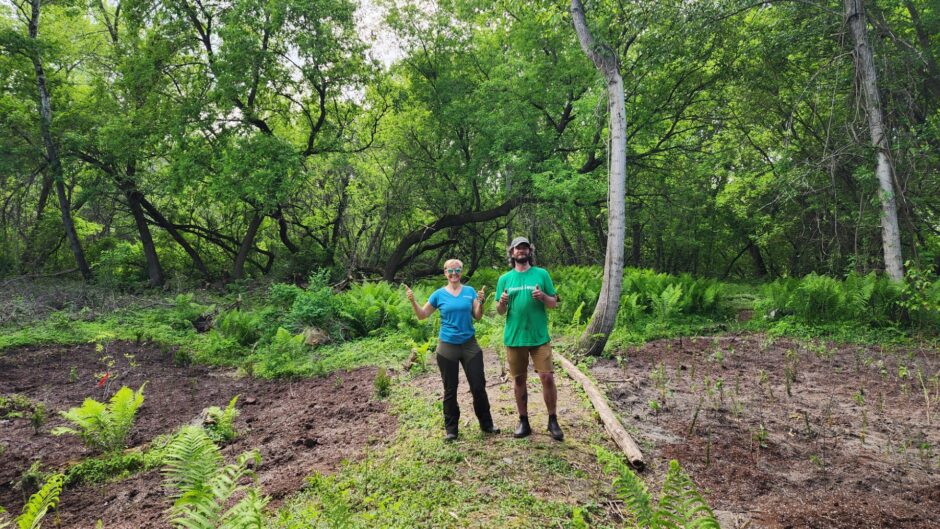Kwey series takes off as 20 new episodes are released for Truth and Reconciliation day
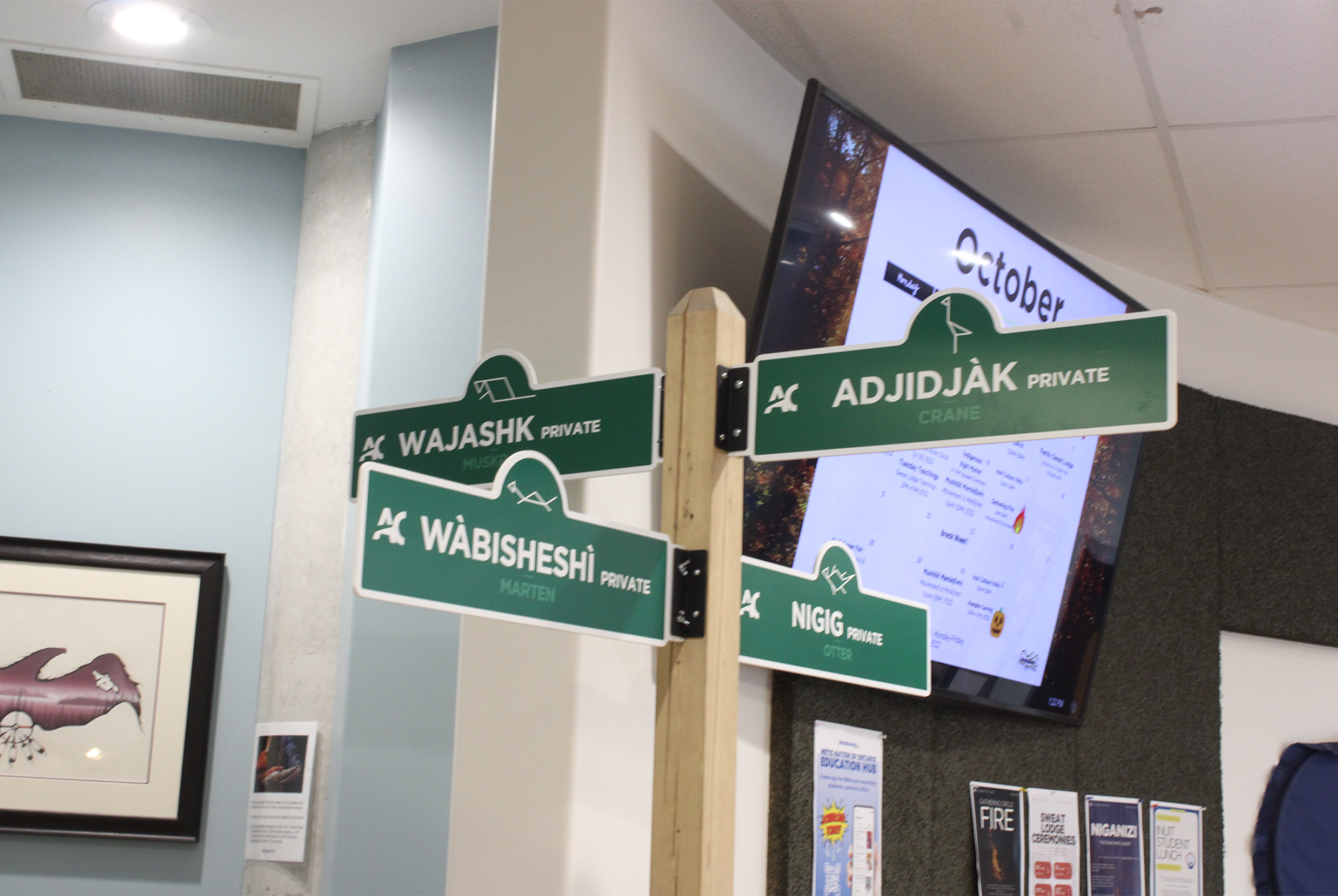
Algonquin College’s Mamidosewin Centre plans to release 20 new episodes of its Kwey Anishnaabe language series in honour of Sept. 30, the National Day for Truth and Reconciliation.
The Kwey series started back in June 2024, with its initial debut of 20 episodes discussing common phrases in Anishinaabe, important artifacts that are used by Anishinaabe-Algonquin peoples, stories told by elders and other information related to the Anishinaabe-Algonquin nation. A release date for the new 20 episodes has not been announced.
The series information is gathered from a variety of sources, including elders, credible online language databases and the Kitigan Zibi Anishinabeg Cultural Centre.
The Kwey series is championed by Algonquin College’s director of Indigenous initiatives, Anita Tenasco. Tenasco helps plan each episode’s content and tries to make it resonate with members of the college community.
“The first series included elder Jenny Tenasco, a residential school survivor, and a graduate of Algonquin College,” she said. “The videos engage the college with artifacts from the Anishinaabe-Algonquin nation…(and) have been recorded on campus in an Indigenous space, called the Pidaban space in the DARE district.”
The Pidaban space, featured in Algonquin’s DARE district in the C-building, is named after the Anishnaabe word for “dawn.”
Tenasco said one of the goals for the Kwey series is to create a conversation about language.
“The main goal is to really build the awareness of the Anishinaabe-Algonquin nations within our campuses (and) to build a comfort level within our student body and college’s leadership to speak about Indigenous peoples, to engage in conversations with Indigenous peoples, to become better partners when it comes to Indigenous communities, and to become champions and the allies that are much needed by First Nations, Metis, and Inuit people,” she said.
Tenasco said the Kwey videos provide an easy, accessible way for members of the college community to learn about the Anishinaabe-Algonquin people.
“It’s a quick and easy way for college leaders, for faculty members to connect with Anishinaabe-Algonquin culture and language. The videos are there as a reminder to help individuals use the language on a daily basis, such as in emails,” she said.
Tenasco said that phrases she has started to see appear in emails include “miigwech” meaning “thank you,” and “kwey” meaning “hello.”
The initial debut of the series struggled to find viewership among students. However, Tenasco expressed positive feedback from Algonquin College’s staff members.
“I’ve spoken to a few students and many were like, ‘Oh I didn’t know about this series!’ And so it’s really important that students check out My AC, Good Morning Algonquin, that’s where the videos are promoted and available,” said Tenasco. “I do know that a lot of college leaders are paying attention to the series. I’ve received a lot of positive comments from the other campuses.”
Summer Wabasse, the Mamidosewin Centre’s events and communications officer, has said that staff are starting to use the Anishinaabe language in their correspondences.
The Kwey series has also provided an answer to one of the centre’s most frequently asked questions.

“One of the most common questions coming from non-Indigenous students is what the words on our signs mean,” Wabasse said. “I’m glad they’re getting their answers. Anything that makes language more accessible.”
Despite this, many students, such as Level 3 police foundations student Emerson Jacobs, are unaware of the series.
“No, I was not (aware of the series)…I think it’s totally beneficial for the students of Algonquin,” said Jacobs.
Jacobs, who has an Ojibwe background, has a basic understanding of Anishinaabe, including greetings, expressing emotion and using common phrases such as phrases relating to animals. Jacobs was taught the Anishinaabe language from kindergarten to high school.
“A lot of elders are getting old and the language is getting lost,” he said. “It’s more important to practice speaking and have youth learning.”
The 20 new episodes feature the same themes as the previous episodes but expand on existing concepts and introduce new ones.
“This series offers snippets of valuable information, really like little nuggets of gold I see them as, where you can learn from an Anishinaabe-Algonquin person. Where you can learn from the director of indigenous initiatives, a leader within the college community. Where you can learn from the Mamidosewin Indigenous Student Centre, and elders and knowledge keepers from their Indigenous communities,” said Tenasco.




